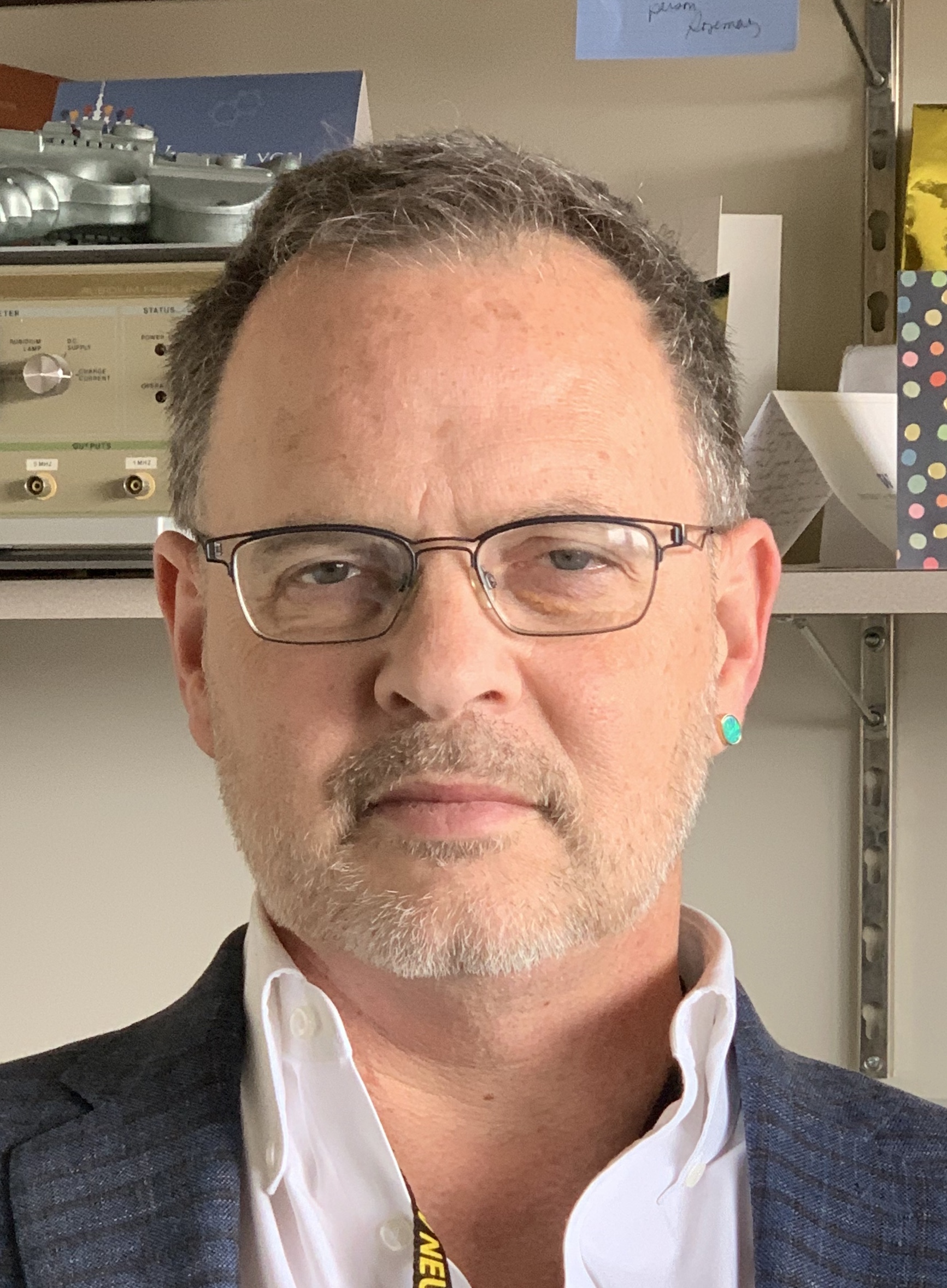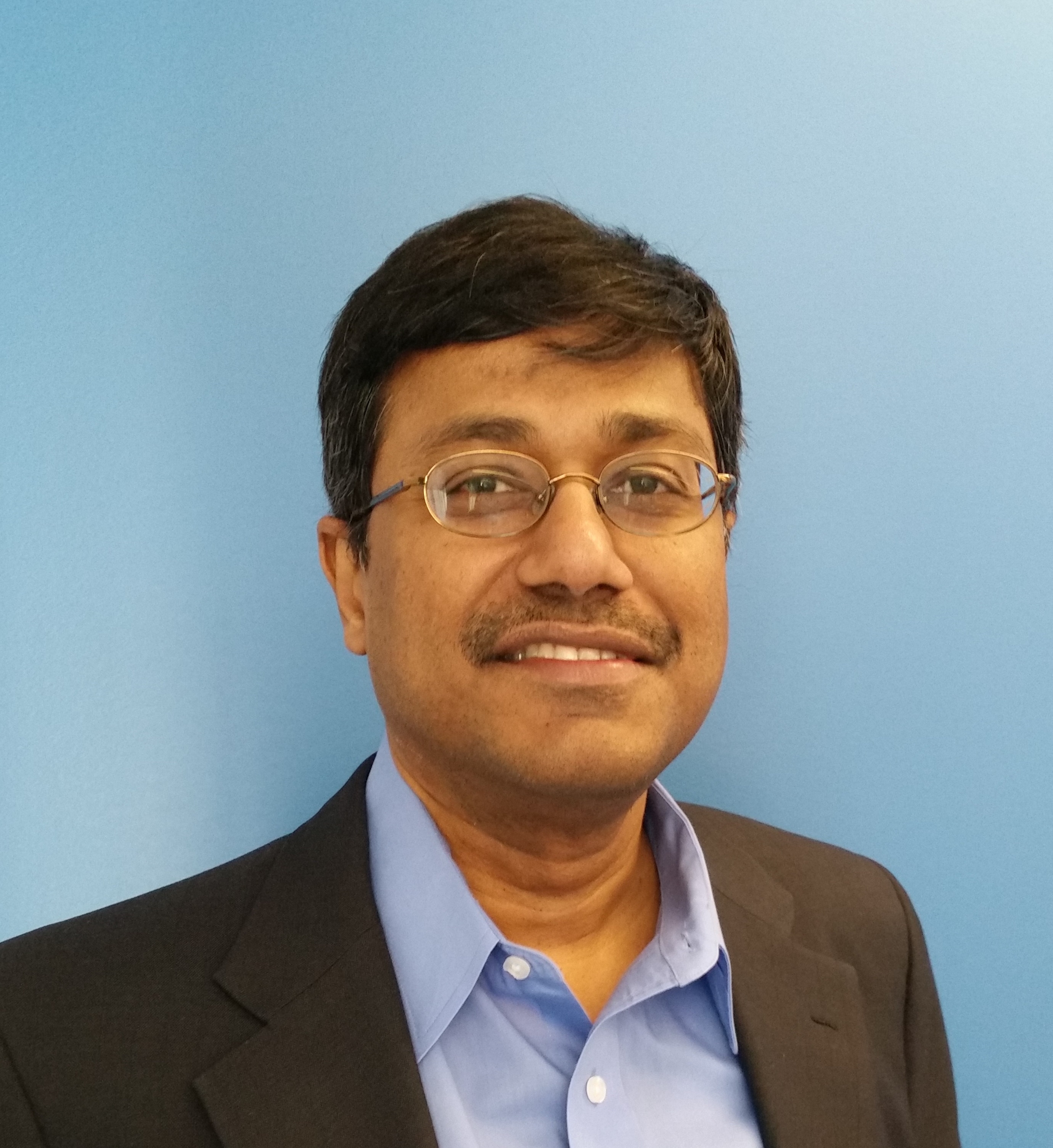Psychological Health/Traumatic Brain Injury
Preparing for Future Battlefield Contestations by Maximizing Medical and Prolonged Field Care Methods in the Operational Environment
Posted March 25, 2020
Pierre D. Mourad, Ph.D., University of Washington
Balasundar Raju, Ph.D., Philips Electronics North America Corporation
Yueh Lee, M.D., Ph.D., University of North Carolina at Chapel Hill
Following two decades of conflict in the Middle East, our adversaries watched, learned, and evolved. They now possess or soon will possess capabilities in artificial intelligence, machine learning, nanotechnology, and robotics that rival or exceed our own. Thus, the future battlefield will look very different than what we’ve seen in recent memory. To overcome and counteract such threats, the Department of Defense has increased its effort to improve operational resources aimed at keeping Service members at optimal lethality and readiness. The Army’s approach is evolving from the Air-Land Battle warfighting strategy of the 1980s to the Multi Domain Operations (MDO) concept. MDO dictates that our forces need to compete, fight, and win across multiple domains—space, cyber, air, sea, and land. The Army has also established the Army Futures Command (AFC), a command strictly focused on providing future Warfighters with the concepts, capabilities, and organizational structures they need to dominate the future battlefield. As described by Lt. Gen. James Richardson, Deputy Commanding General, AFC, “[AFC] is driving concept development, requirements determination, organizational design, science and technology research, and solution development. AFC’s directorates bring together organizations that were previously scattered across the force, with little coordination. All of the Army’s organizations that have a role in future studies, concepts development, capabilities development, experimentation, testing, and prototyping will work together in a coordinated effort.”
For Army medicine, MDO presents new challenges as well. No longer will we enjoy the freedom of timely evacuation and access to medical countermeasures for injuries created by conventional weaponry, but the mission does not change. As communicated by Lt. Gen. Nadja West, Army Surgeon General and Army Medical Command Commanding General, “Where our Army goes, so goes Army medicine. We have an absolutely no-fail mission.” One medical challenge on the future battlefield is the enhancement of combat casualty care in the field, particularly prolonged care. The ability to care for wounded Service members when evacuation times are extended requires more advanced levels of care to be brought closer to the battlefield.
In honor of Brain Injury Awareness month, highlighted below are three investigators who are working toward developing much needed products that can improve our ability to provide care in austere operational environments. While each researcher offers a distinct technology, all three products complement each other and will offer more comprehensive TBI assessments within the field, which will help expedite injury detection as well as treatment decisions, timelines, and ultimately readiness.

Dr. Pierre D. Mourad
Dr. Pierre D. Mourad received the Fiscal Year 2016 (FY16) Defense Medical Research and Development Program (DMRDP) Prolonged Field Care Research Award from the Congressionally Directed Medical Research Programs to develop a portable imaging technology tool for use in the field after military members sustain a TBI. Dr. Mourad and his research team reasoned that blast-induced TBIs, if left untreated, may cause longer-term neurological injuries. Further, swelling and bleeding within the brain may occur after blast-induced TBIs; hence, treating such injuries earlier rather than later can reduce the likelihood of irreversible brain damage. With these concerns in mind, he is developing a structural tissue pulsatility imaging (sTPI) tool that allows visualization of brain damage through visualization of the cardiac-induced pulsation of injured brain tissue. Currently, his team is collecting diagnostic computerized tomography (CT) images and ultrasound data from patients with TBI and working to align that data into an algorithm. These sTPI algorithms will then be applied to the ultrasound images and compared to the CT images to ensure they are offering reliable diagnostic capabilities. The scanning tool will be further refined and displayed using a portable handheld tablet also capable of performing basic gray-scale imaging of the body for injured Service members. Such additional imaging will allow a Focused Assessment with Sonography in Trauma (FAST) analysis, for example, which will facilitate detection of internal bleeding. Ultimately, such technology will enable an ultrasound scan of the brain in the field, as Dr. Mourad intends to offer a prehospital triage capability that can assess and monitor the point of injury to enable earlier detection of injuries and improve decision of care timelines in field operational environments. Further, Dr. Mourad notes that his research approach uses only a modification of the software commonly used for diagnostic ultrasound imaging systems to build the algorithms; therefore, he anticipates the algorithms could be applied to any portable ultrasound imaging devices deployed during future military operational field efforts.

Dr. Balesundar Raju
Dr. Balasundar Raju also received an FY16 DMRDP Prolonged Field Care Research Award to expand on-site medical efforts in the field environment. Dr. Raju is focusing on managing TBIs within the field using a mobile ultrasound device for non-invasively estimating intracranial pressure (ICP) following injury. After a head injury occurs, ICP is an important indicator for determining the presence of a TBI. However, to date, ICP can only be measured invasively via penetration of the skull within a hospital or treatment facility; therefore, Dr. Raju reasoned that there is an important need to develop methods of measuring ICP in remote field settings and during the pre-hospital phase. Dr. Raju and colleagues have been developing a mobile transcranial Doppler ultrasound device capable of measuring cerebral blood flow velocity, which is then used to estimate ICP using physiological models. Additionally, this device is also being designed for novice ultrasound users, as the goal is for any Service member, regardless of medical training, to be able to use the tool to assess an injured comrade. Specifically the team is developing a mobile ultrasound system whose functionality is first verified on a phantom head model containing blood vessels. The team has also developed automated algorithms to auto-locate the mid-cerebral artery (MCA) in ultrasound data. The ultrasound device resembles a headphone and will be first testing in a laboratory setting. To ensure clinical utility, the device will then be tested on patients where the estimated ICP measures from this mobile ultrasound device will be compared to traditional invasive ICP measures, and then later in an ambulance environment. Dr. Raju’s end goal is to offer more sufficient methods to monitor TBI in the pre-hospital phase, where injured Warfighters could receive earlier detection of injury and treatment decisions. Finally, Dr. Raju also reasoned that civilians could benefit from this device, as TBI may occur due to sports injuries as well as car accidents or falls.

Dr. Yueh Lee
Dr. Yueh Lee received the FY18 DMRDP Precision Trauma Care Research Award to deliver a CT scanner capability that can be used by forward surgical teams to diagnose life-threatening head injuries. Currently, after sustaining a TBI, Service members must be transported to medical treatment facilities with such diagnostic imaging capabilities. If CT scans could be provided at lower Roles of Care, such as combat support hospitals, the unnecessary transport of injured Service members and potential delays in life-saving care could be avoided. Dr. Lee has started developing a carbon nanotube linear x-ray source array that uses field emission methods to generate x-rays that can provide the necessary x-ray projections for composing a CT scan. The overall goal with this device is to enable an x-ray CT system that is more suitable for field use. Using phantom head simulations, Dr. Lee has been studying the number needed x-ray scans to obtain a clinically useful CT image, as well as determine the optimal geometry of the x-ray source. Additionally, the team will refine this simulated Head CT (s-HCT) by testing imaging performance measures, imaging dose, and reconstruction image quality, followed by constructing the prototype system. Lastly, the s-HCT device will be used to measure injuries from patients who have sustained head trauma, and the results will be compared against conventional CT scans by neuro-radiologists. Dr. Lee intends to deliver a useful CT scan technology product that enables earlier detection of TBI and other head injury at combat support hospitals. Providing insight into injury earlier will enable faster treatment decisions and reduce the delays and risks associated with transport.
Taken together, Dr. Mourad, Dr. Raju, and Dr. Lee are all working toward providing much needed improvements to TBI diagnostics in the field environment. As the future battlefield evolves, these researchers and others will be instrumental in offering Warfighters the tools they need to quickly diagnose and treat/manage injuries and remain mission-ready. Additionally, such research products have significant translatability to civilians for detecting injuries from sports, car accidents, and falls, which may occur in more remote settings. Such products also could be helpful for emergency medical technicians and other emergency responders. Finally, these capabilities and others work to align with the Department of Defense’s mission to provide combat-credible military forces needed to deter war and protect the security of our nation.
Links:
The U.S. Army in Multi-Domain Operations 2028
West: Expect Changes in Army Medicine
Summary of the 2018 National Defense Strategy
Public and Technical Abstracts: Development and Evaluation of a Solid State Head CT
Last updated Thursday, December 5, 2024














